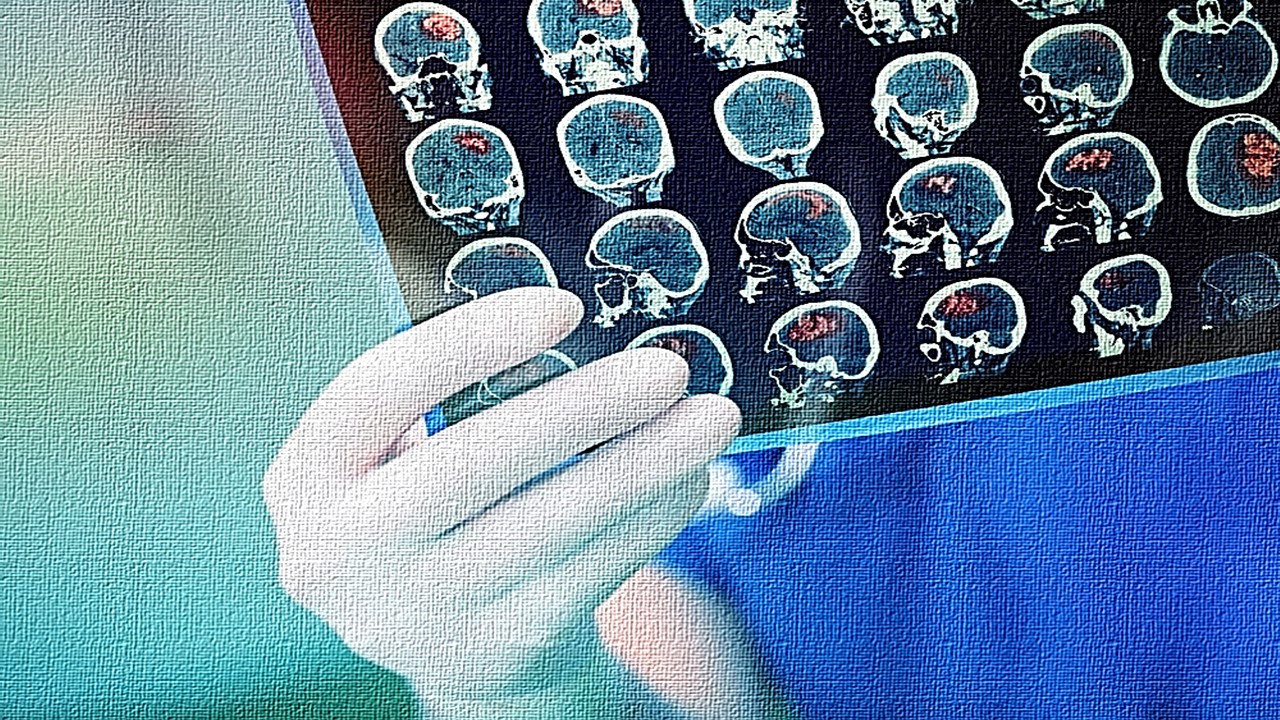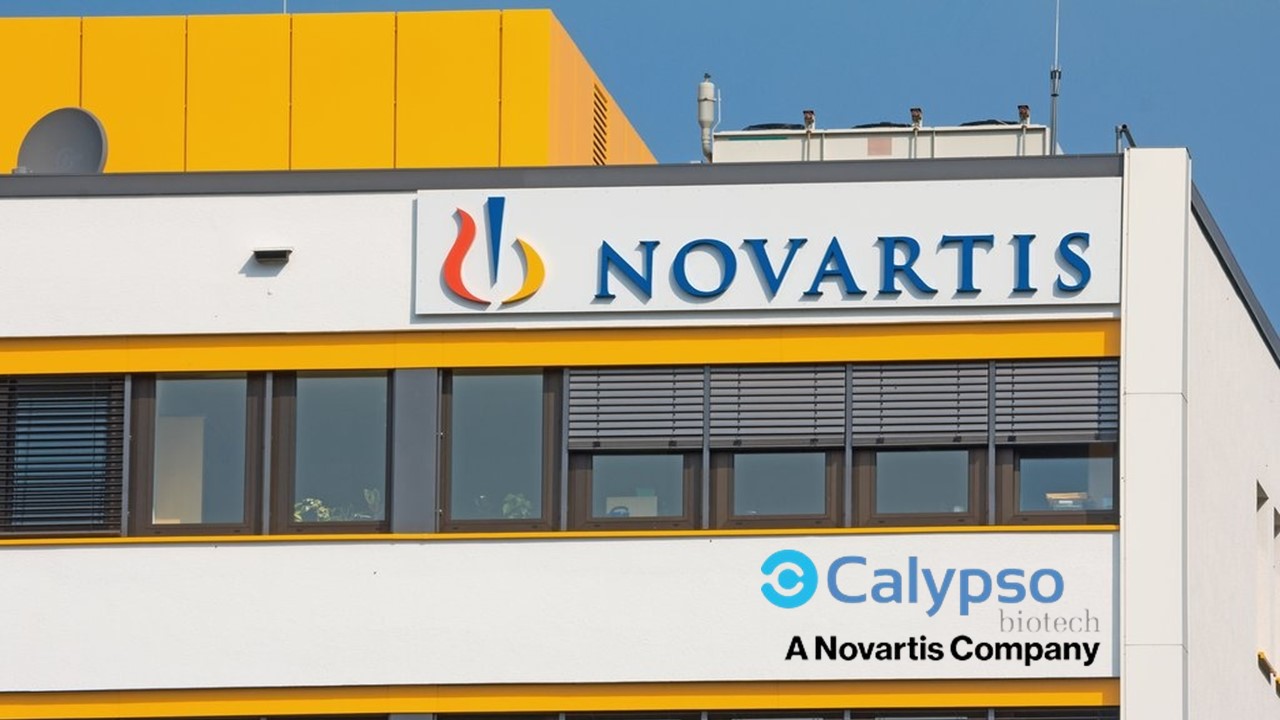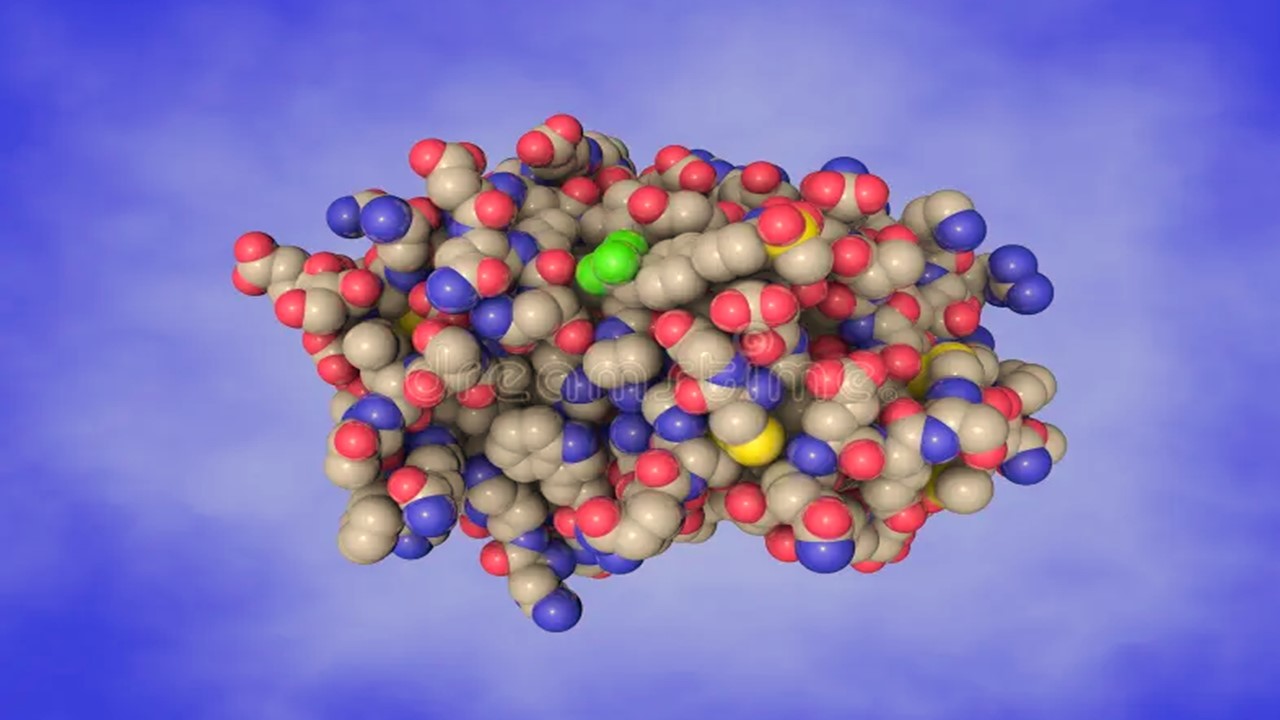Immune Checkpoint Inhibitors have been at the forefront of revolutionizing our approach to cancer treatments, providing meaningful remissions and halting progressions where traditional treatments with radiotherapy and chemotherapy may have otherwise struggled. Their rise is predicated on our recognition of the immunoediting theory of tumor progression, where tumor growth is seen through the lens of its response to the immune system and how it can evolve to evade it. However, checkpoint inhibitors still face challenges in overcoming treatment resistance – understanding why this happens and finding ways to overcome it will be key in advancing the future of this treatment modality.
Function
The natural T-cell response balances autoimmunity with the need to eradicate foreign and tumorous cells, relying on a complex interplay between stimulatory and inhibitory signals. Immune checkpoints function to provide such inhibitory signals, limiting the consequences of inflammation and cytotoxicity subsequent to T-cell activation. The major checkpoints targeted by therapies available today all fall under this function. CTLA-4 binds to B7 ligands on antigen-presenting cells. Similarly, PD-1 receptors binding with their ligands, PD-L1 and PD-L2, inhibit the effector phase of T-cell activation. Immune checkpoint overexpression is one of the hallmarks of tumors that have progressed towards the immune escape phase of the immunoediting theory, where resistance to the natural tumor-eliminating action of the immune system is observed.
Acquiring Resistance
Overexpression of immune checkpoint receptors is also a good predictor of response to checkpoint inhibitor therapy, as would be expected. Another predictor of response is mutational load – quantified as Tumor Mutational Burden (TMB), which is hailed as a composite biomarker in itself. High TMB correlates with neoantigen generation, which can drive renewed immune responses once those neoantigens are recognized as foreign by the immune system. However, once exposed to Immune Checkpoint Blockade (ICB) treatment, a loss of neoantigen expression is observed, which translates to reduced immunogenicity and eventual treatment resistance. This is the immunoediting theory in further action – with tumor variants that lack neoantigens being heavily favored in an environment with ICB.
Other immune checkpoints can also be overexpressed, leading to similar immunosuppressive effects. These other checkpoints include TIM-3, LAG-3 and VISTA. The order with which these are upregulated can vary, but is often sequential. Novel research also suggests other, emerging checkpoints which may further contribute to acquired resistance – such as FCRL6 and TIGIT. Clinical trials show that therapies targeting these checkpoints can restore treatment efficacy and delay progression. Beyond variation in neoantigens and checkpoint expression, other factors which contribute to acquired resistance to checkpoint blockade therapies may include influence from the microbiome as well as physiological characteristics such as tumor vasculature, cytokines and metabolic status.
Overcoming Resistance
The most obvious path towards overcoming acquired resistance is to simply target more checkpoint inhibitors; combination with radiotherapy, resecting or cryotherapy strategies can also exhibit a synergistic effect on slowing progression once acquired resistance has been established. More innovative approaches are also in development. For example, treatment with Talimogene laherparepvec, an oncolytic virus, has been shown to provoke immune responses in patients with demonstrable neoantigen diseases – managing to turn a cold tumor “hot”. Read more about oncolytic viruses in our article here.
More cutting-edge technologies are also being rethought. Superantigen treatments have long been known to induce cardiopulmonary toxicity, while being susceptible to neutralizing antibodies. Researchers managed to develop more humanized superantigens, avoiding these toxic adverse effects, in mice models. The superantigens managed to recruit tumor reactive T-cells, producing promising effects with demonstrable beneficial endpoints. Further research in the field, particularly with regards to the safety of possible products, has the potential to offer another avenue for overcoming acquired checkpoint inhibitor treatment resistance.
Combining other therapeutic strategies will also be key to ending treatment resistance. NK-cell based treatments can offer avenues to overcome resistance that would hamper any T-cell based modality, such as defects in antigen presentation machinery. Maintaining a pioneering outlook where our arsenal against cancer is viewed holistically will be key to ensuring that each treatment modality is used to its full potential. Checkpoint inhibitors have been transformative, and their future is expected to be equally bright, particularly as research expands to other checkpoints, but also as therapies complement their activity and contribute to fighting resistance.
Join Proventa International’s Oncology Strategy Meeting in Boston to hear more on the latest treatment modalities in the field of oncology, network with experts and follow discussions on the cutting edge of the industry
Subscribe
to get our
LATEST NEWS
Related Posts

Immunology & Oncology
Forging a Hopeful Outlook on Cancer Drug Development
The core of oncotherapy is still about reducing human suffering and facing the many challenges of this disease together.

Immunology & Oncology
Patterns, Profiles, and Patient Outcomes: AI in Oncotherapeutics
AI presents a beacon of hope in revolutionizing cancer management across various stages.
Read More Articles
Synthetic Chemistry’s Potential in Deciphering Antimicrobial Peptides
The saga of antimicrobial peptides unfolds as a testament to scientific ingenuity and therapeutic resilience.












